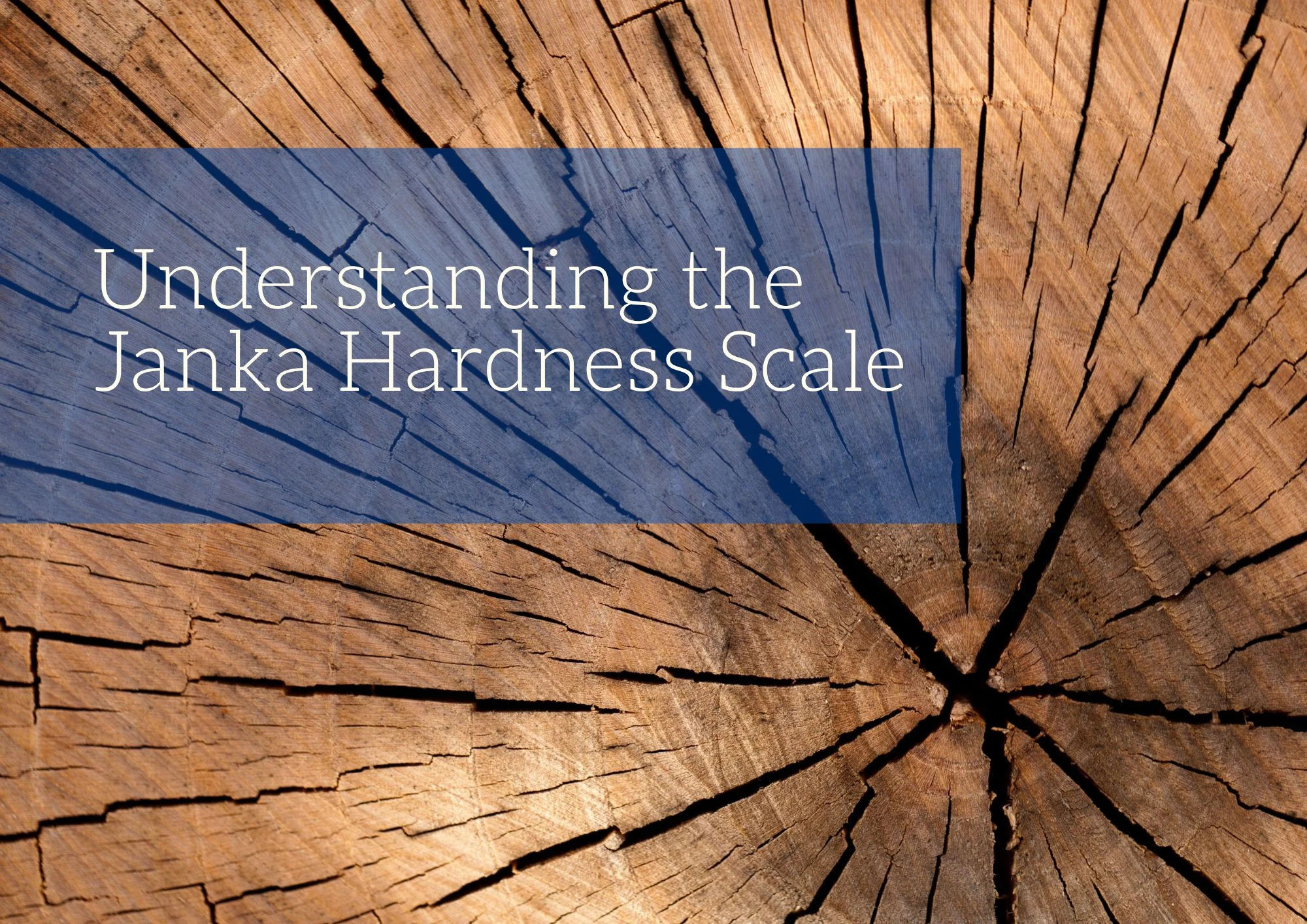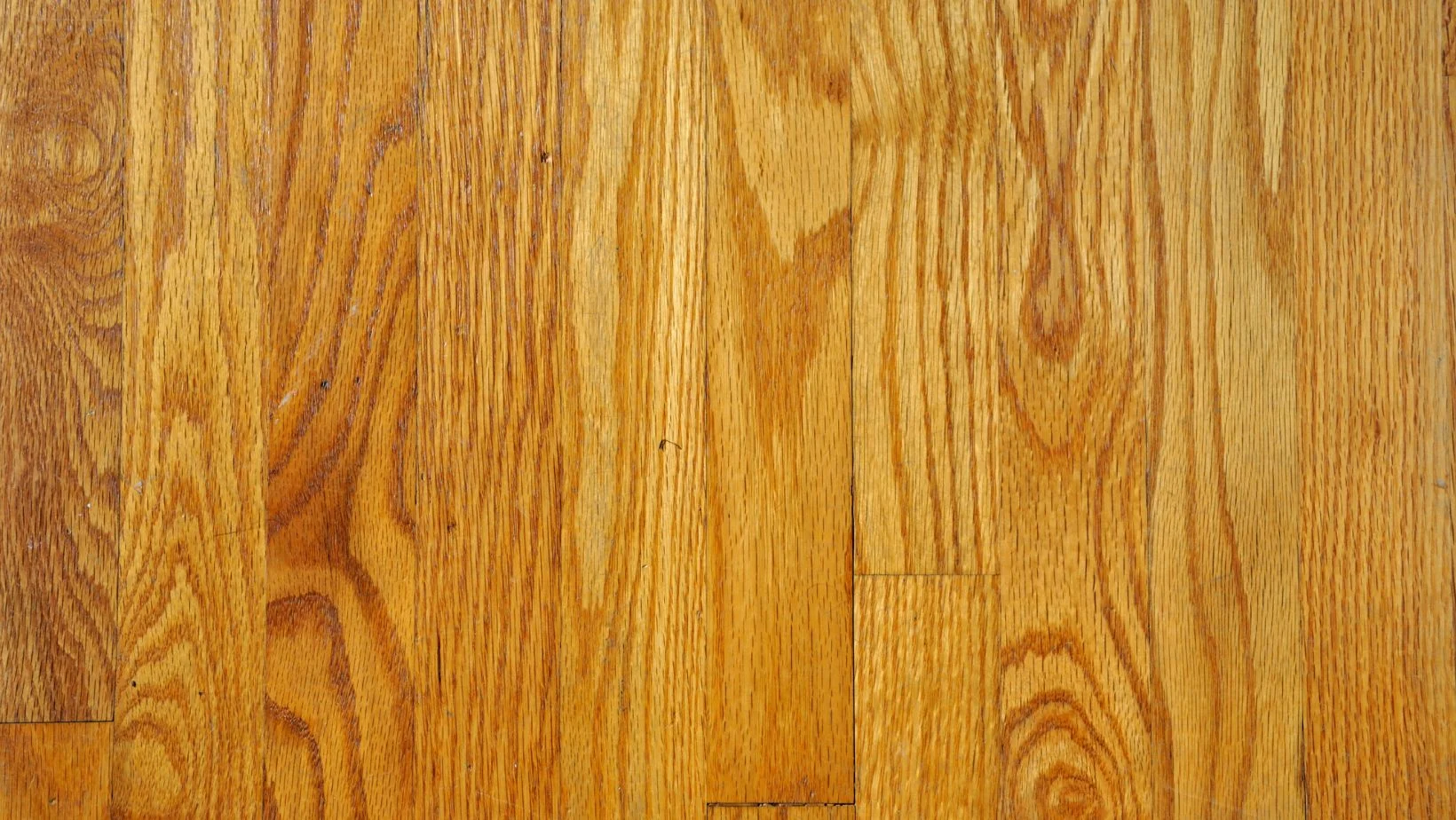Wood is one of the most versatile materials used in construction, furniture making, and various crafts. Its durability and strength are crucial factors that influence its suitability for different applications. One of the most reliable ways to measure these properties is through the Janka hardness scale. But what exactly is the Janka hardness scale, and why is it important? This blog delves into the details of the Janka hardness scale, its significance, and how it can help you make informed choices when working with wood.
What is the Janka Hardness Scale?
The Janka hardness scale measures wood’s resistance to wear and denting. Named after Gabriel Janka, an Austrian wood researcher who developed the test in 1906, it determines how much force is required to embed a 0.444-inch steel ball halfway into a wood sample. The result is expressed in pounds-force (lbf) in the United States and in newtons (N) in countries using the metric system.
How is the Janka Hardness Test Conducted?
The Janka hardness test involves a controlled environment where a steel ball is pressed into the wood sample under consistent conditions. The wood sample is usually 2 inches thick, 2 inches wide, and 6 inches long. The steel ball is gradually pressed into the wood until it reaches the center of the block. The force required to achieve this indentation is recorded as the wood’s Janka hardness rating.
The Importance of the Janka Hardness Scale
Durability Assessment
The Janka hardness scale helps determine the durability of different wood species. Harder woods, with higher Janka ratings, are more resistant to dents, scratches, and wear.
Wood Selected for Projects
The Janka hardness rating can help you select the right wood species for furniture, cabinetry, and flooring. For instance, if you need wood for a dining table that will endure heavy use, choosing a species with a higher Janka rating ensures longevity and durability.
Comparing Wood Species
The Janka scale provides a standardized method to compare the hardness of various wood species. This comparison is helpful when deciding between similar-looking woods or when specific characteristics are required for a project.
Janka Hardness Ratings of Common Wood Species
1010 Walnut
1080 Teak
1100 African Mahogany
1220 Red Oak
1260 Birch
1320 White Ash
1335 White Oak
1450 Hard Maple
1780 Black & White Ebony
1820 Hickory
3510 Ipe
3670 African Blackwood (1)
Which Wood Should You Choose?
Different types of wood offer unique characteristics, making them suitable for various uses. The Janka wood hardness scale has become the industry standard for determining the appropriateness of wood for flooring. For instance, Red Oak, with a Janka hardness value of 1220, serves as a benchmark for comparing the hardness of different wood species.
When installing wood flooring in a high-traffic area, such as a commercial space, choosing a wood with a higher Janka rating, like White Oak, is ideal. Higher-rated woods ensure your flooring will withstand heavy use and endure the wear and tear of constant foot traffic.
In contrast, a lower Janka-rated wood such as Walnut can be a great choice for low-traffic areas like bedrooms, where wear is less of a concern. It brings warmth and style to the space while still providing adequate durability.
It’s important to note that all wood, regardless of its Janka rating, will wear or dent over time with impact. However, opting for higher-rated wood flooring can significantly reduce these effects and extend the wood’s lifespan.
The Janka hardness scale is an essential tool for anyone working with wood, providing valuable insights into the durability and strength of various wood species. By understanding and utilizing this scale, you can make informed decisions that ensure the longevity and performance of your wood projects.
Bell Forest Products. (n.d.). Janka hardness scale. Retrieved June 24, 2024, from https://www.bellforestproducts.com/info/janka-hardness/









